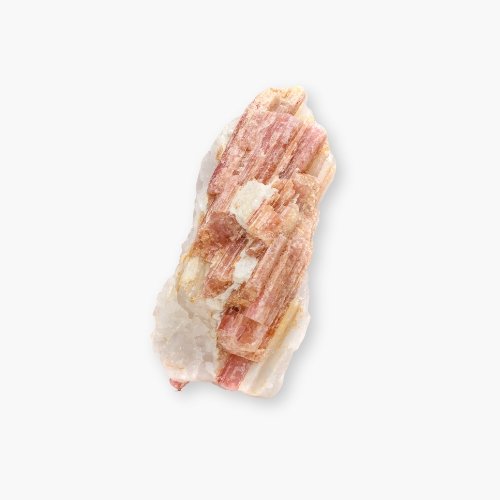Tourmaline
About
Tourmaline is a versatile gemstone that comes in a wide range of colours, including pink, green, blue, black, and even multicoloured varieties. This diversity is due to its complex boron silicate composition with varying trace elements. Major sources include Brazil, Afghanistan, Madagascar, and Nigeria.
Birthstones & Anniversaries
Tourmaline is an alternate birthstone for October and is traditionally given for the 8th anniversary, symbolising protection, love, and creativity.
Crystal Healing Energy
The overarching theme of tourmaline is protection and balance. Each colour carries its unique energy: black tourmaline is grounding, pink promotes love, green encourages growth, and blue inspires calm. Tourmaline is believed to shield against negative energy, balance the mind and emotions, and encourage self-confidence and focus. Multicoloured varieties are often associated with aligning the chakras and encouraging harmony.
Facts
Pleochroism: Tourmaline often exhibits pleochroism, meaning its colours shift when viewed from different angles, adding to its dynamic beauty.
Multicoloured Varieties: Watermelon tourmaline, with pink and green bands, is one of the most popular and unique varieties.
Electric Properties: Tourmaline is pyroelectric and piezoelectric, meaning it can generate an electric charge when heated or compressed.
Durable for Jewellery: With a Mohs hardness of 7 to 7.5, tourmaline is suitable for most jewellery types.
Geological Formation: Tourmaline forms in granite pegmatites and is often found alongside quartz and feldspar.
Science
Mineral: Tourmaline
Crystal System: Trigonal
Chemistry: (Na,Ca)(Li,Mg,Al,Fe²⁺,Mn²⁺)₃(Al,Cr,Fe³⁺,V)₆(BO₃)₃(Si₆O₁₈)(OH,F)₄
Colour: Black, pink, green, blue, yellow, brown, multicoloured
Refractive Index: 1.614 to 1.666
Birefringence: 0.014 to 0.022
Specific Gravity: 2.82 to 3.32
Mohs Hardness: 7 to 7.5
TreatmentsTourmaline may be heat-treated to enhance colour, particularly in pink and green varieties. Some stones are also irradiated to deepen their hues, though these treatments are stable and widely accepted in the market.
SyntheticsSynthetic tourmaline is rare but has been produced for scientific purposes.
ImitationsGlass, synthetic spinel, and quartz are often used as imitations for tourmaline. These materials may replicate its colour but lack its characteristic pleochroism (colour changes when viewed from different angles).
similar materialsQuartz: Certain varieties, like green aventurine or pink rose quartz, may resemble tourmaline but lack its pleochroism and structure.
Spinel: Found in similar hues, spinel is harder and has a different crystal structure.
Andalusite: A pleochroic gemstone that can sometimes mimic the multicoloured effect of tourmaline but differs in composition.
tourmaline Gallery
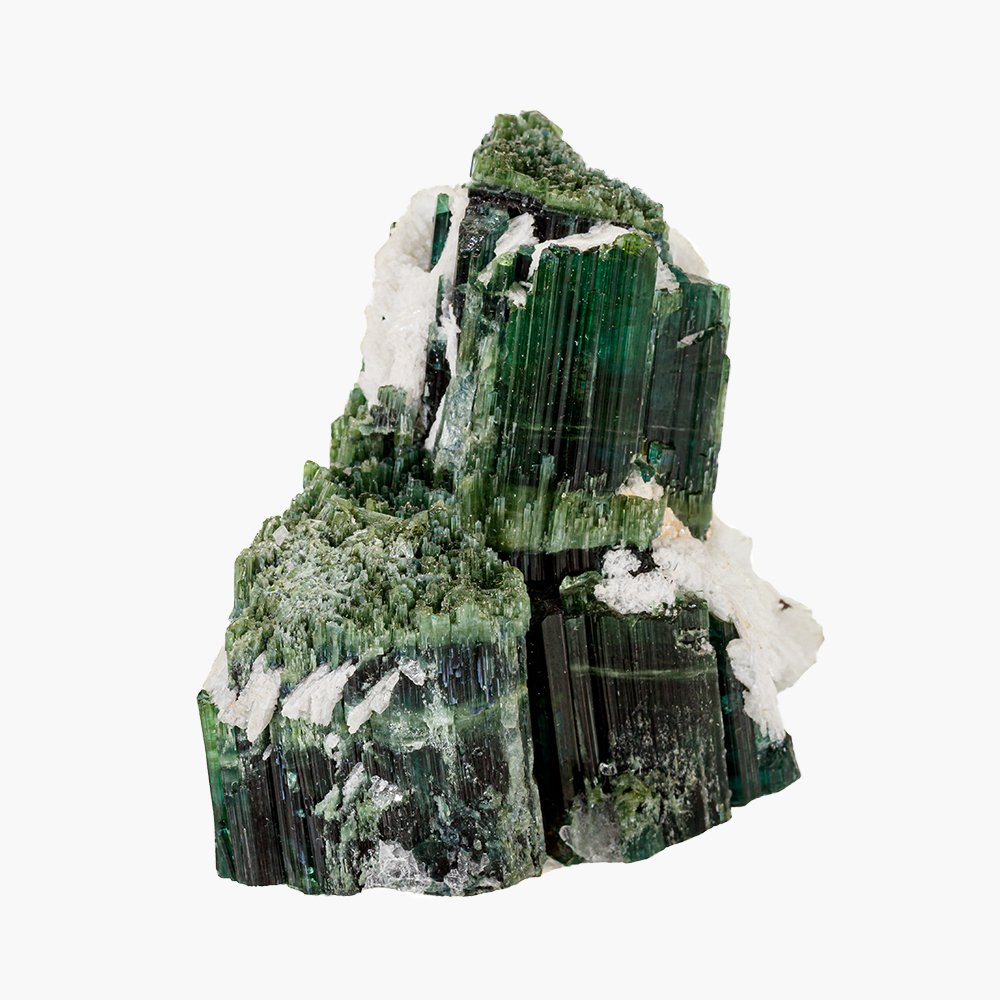
Green tourmaline
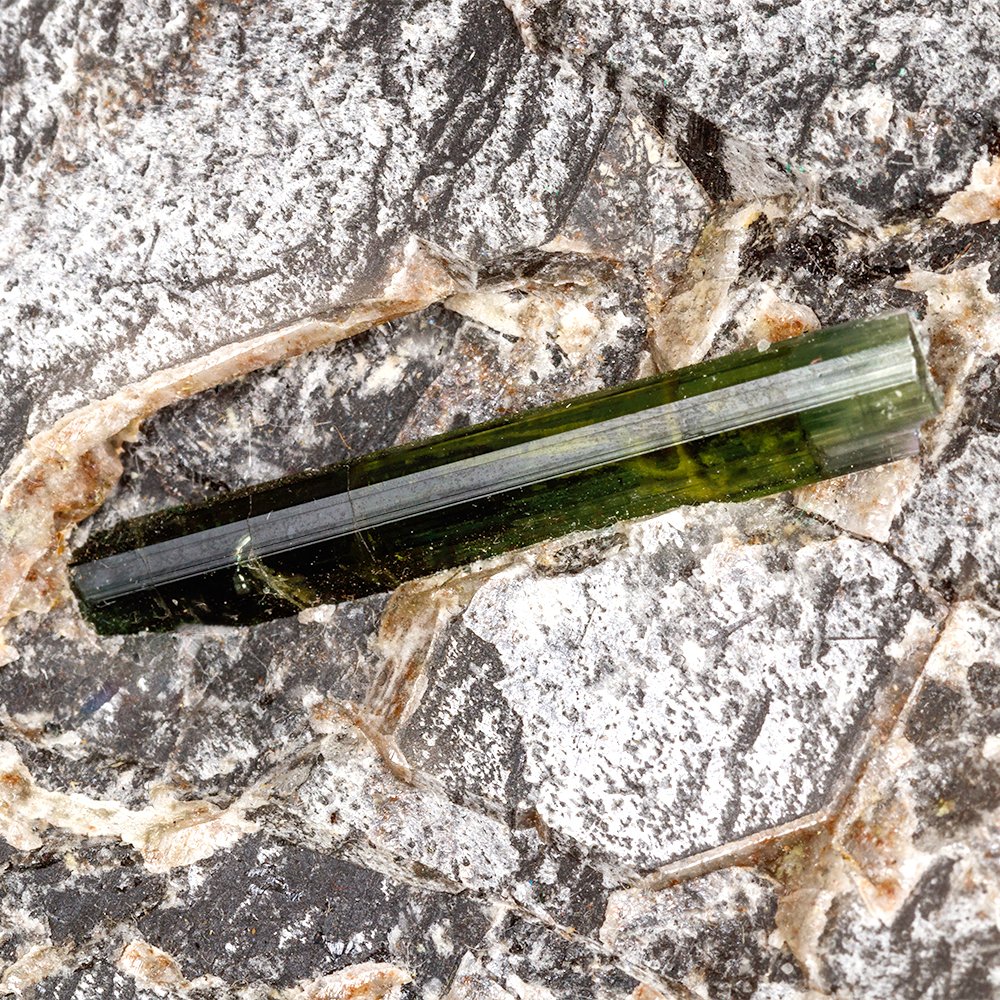
Green tourmaline in host rock

Green tourmaline in host rock
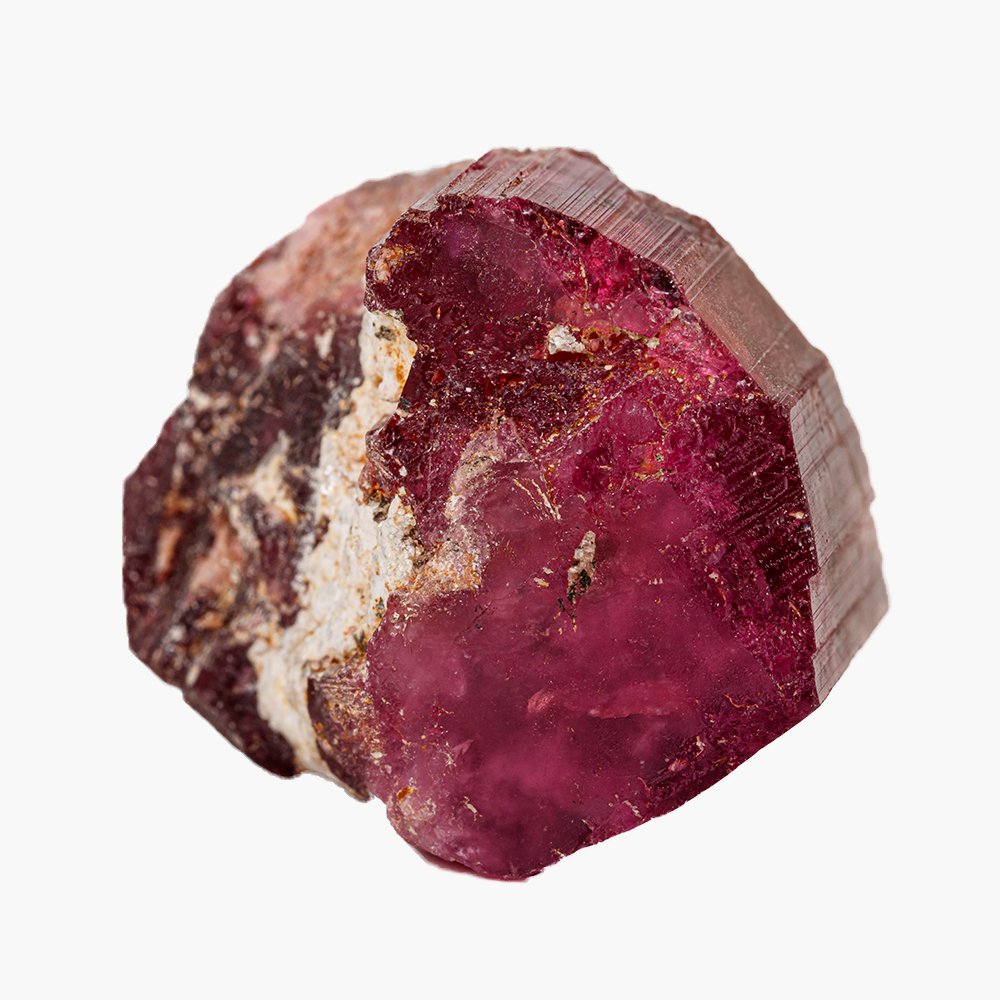
Rubellite (red)
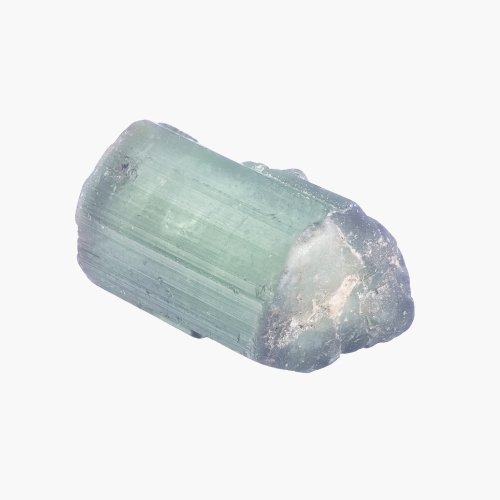
Indicolite (blue)
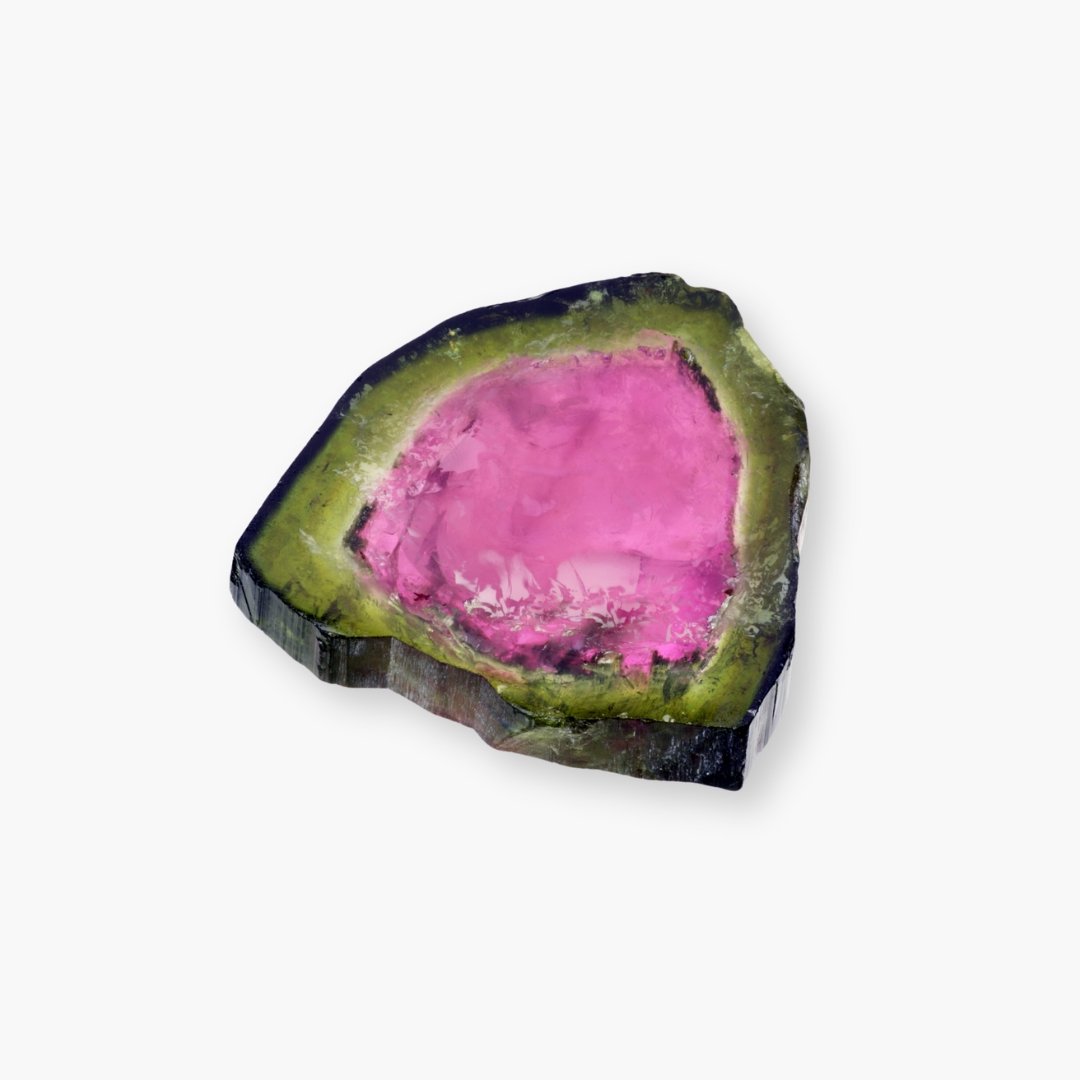
Watermelon tourmaline
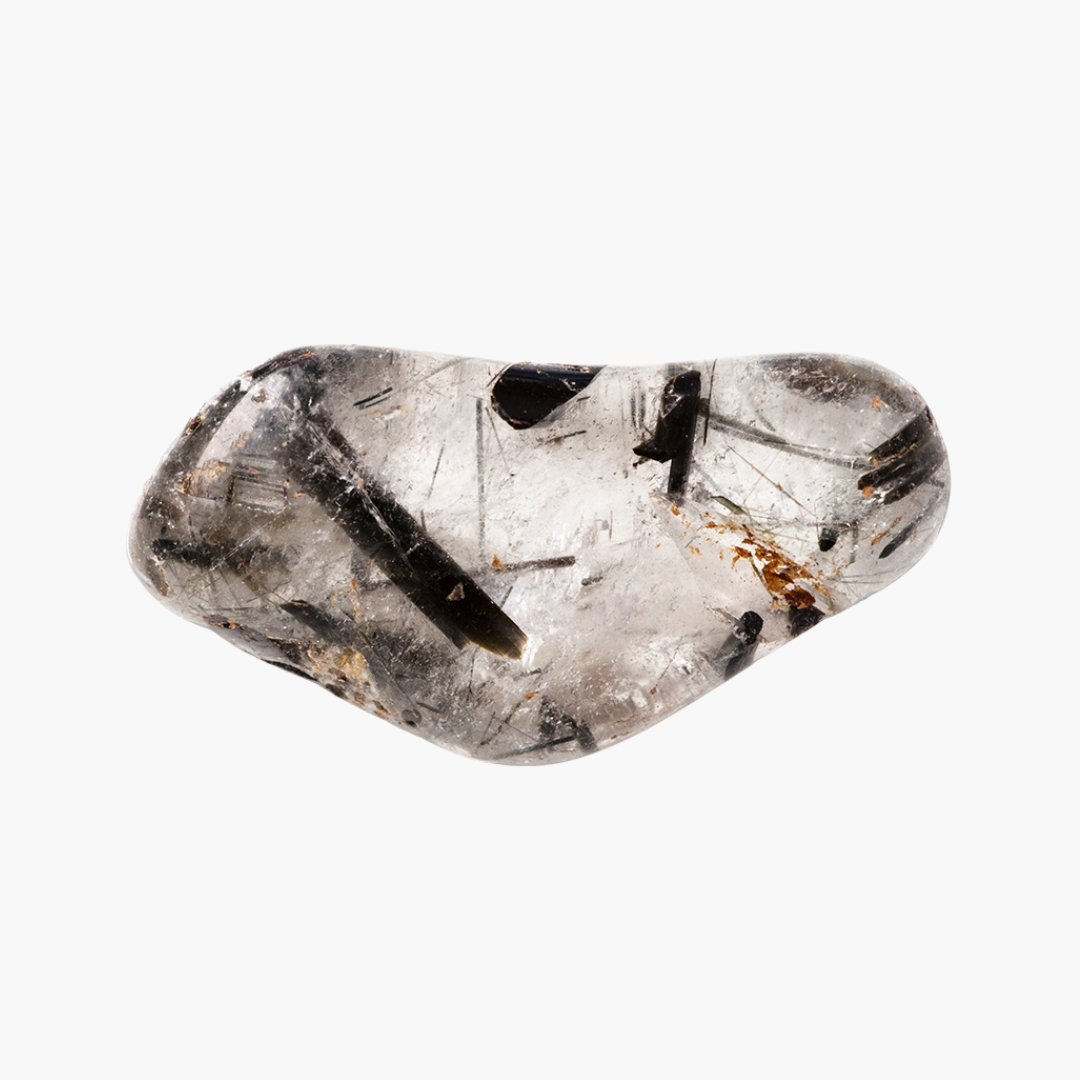
Tourmaline in quartz
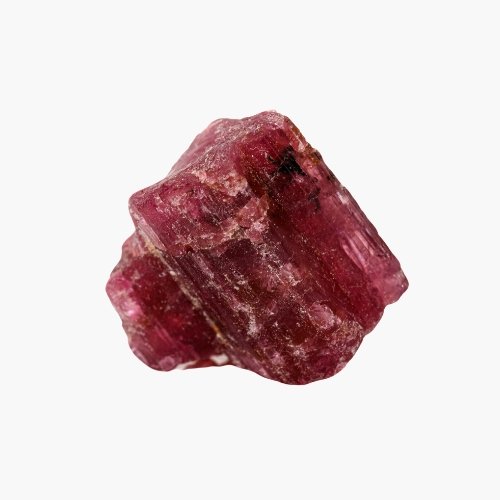
Rubellite (red)
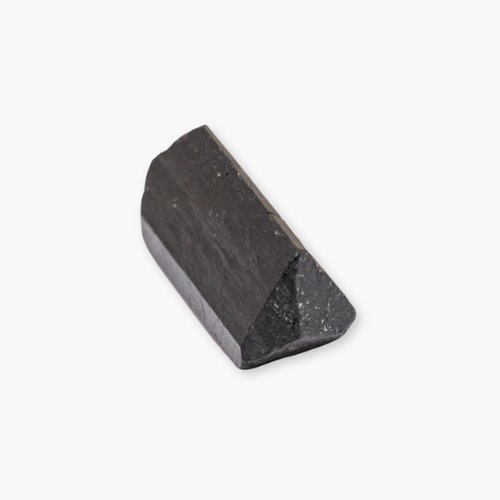
Schorl (black)
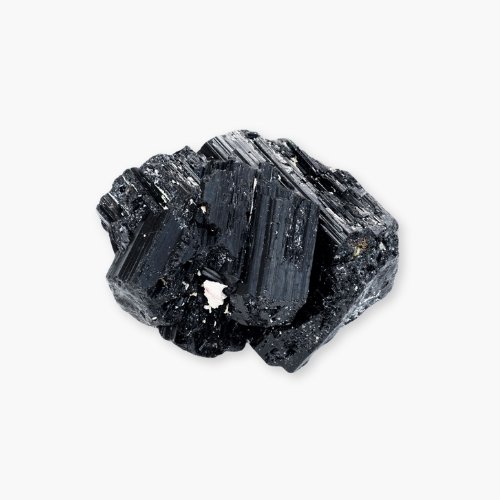
Schorl (black)
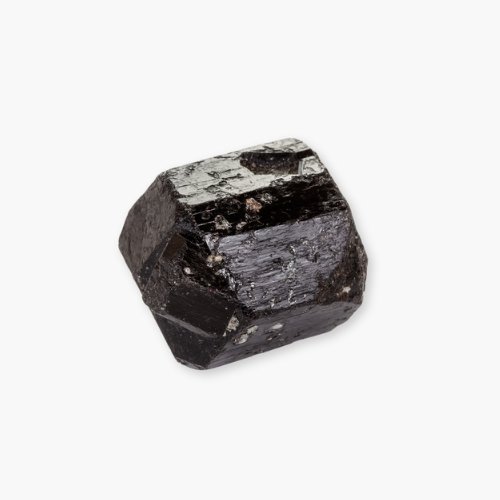
Schorl (black)
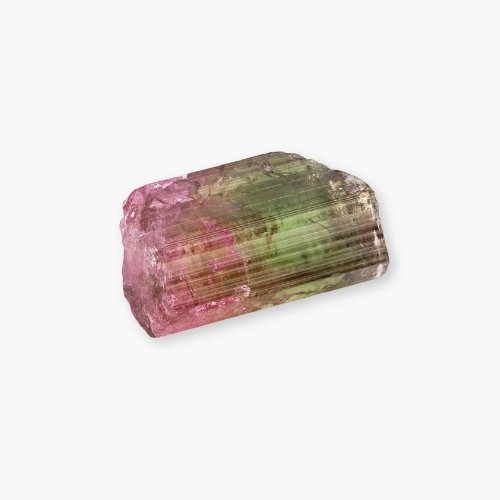
Bi-colour tourmaline
Other Varieties of Tourmaline
further Reading & References
Websites & Website Articles
Gemdat.org: Tourmaline
Papers & Journal Articles
Gems & Gemology, Summer 2024, Vol. 60, No. 2: Micro-Features of Tourmaline
Tourmaline Bibliography: compilation of all items on tourmaline published in The Journal of Gemmology since its beginning in 1947 through 2023.
American Mineralogist, Volume 96, Number 5-6: Nomenclature of the tourmaline-supergroup minerals







